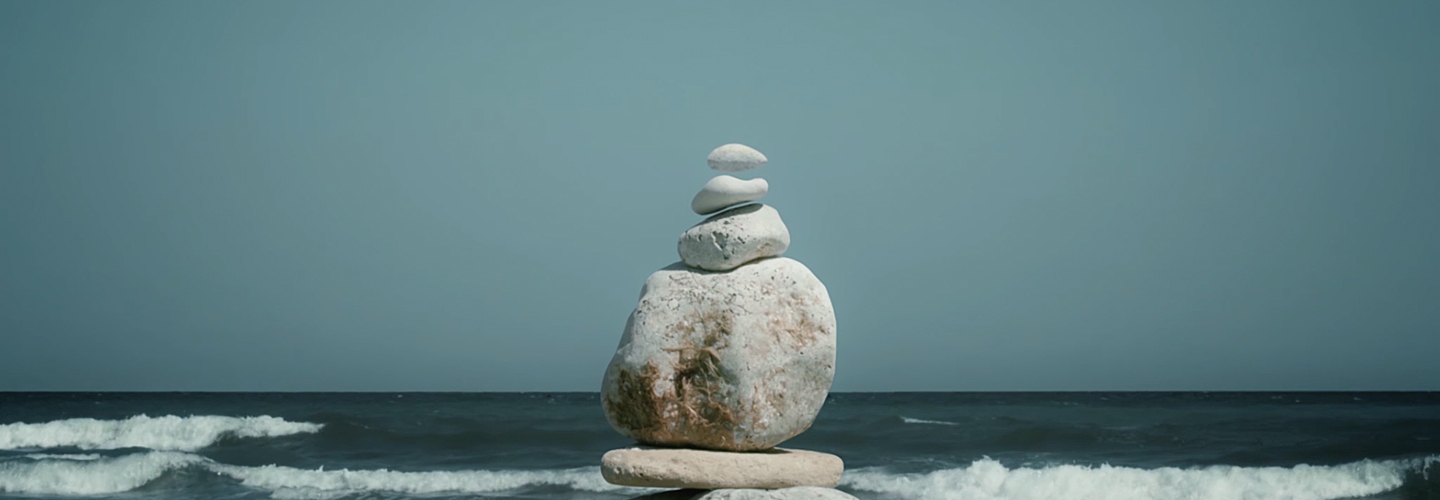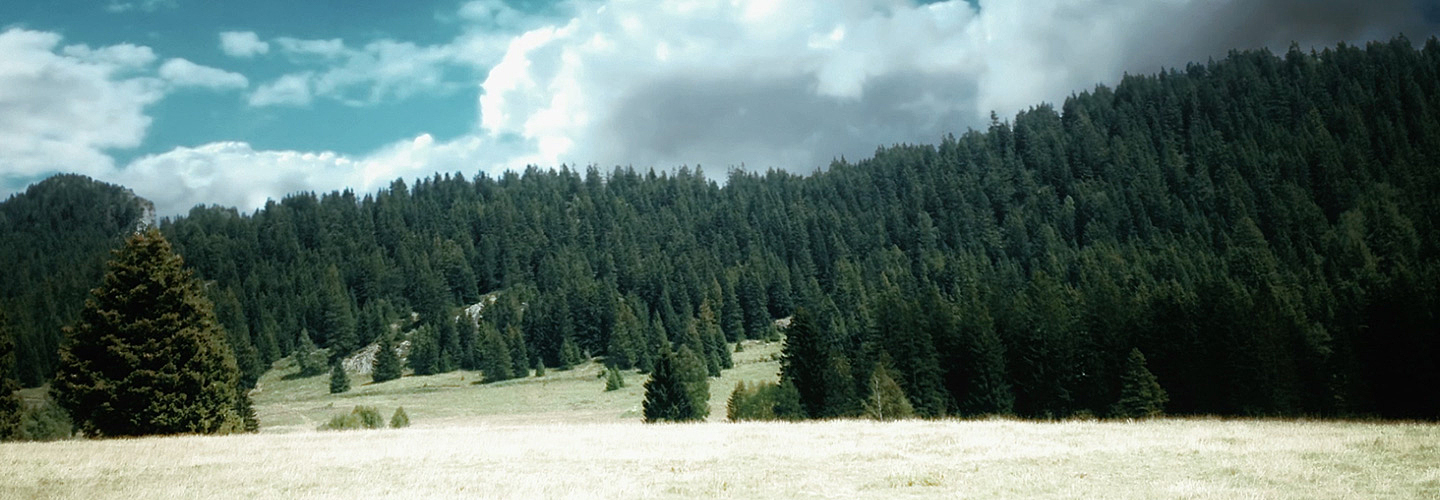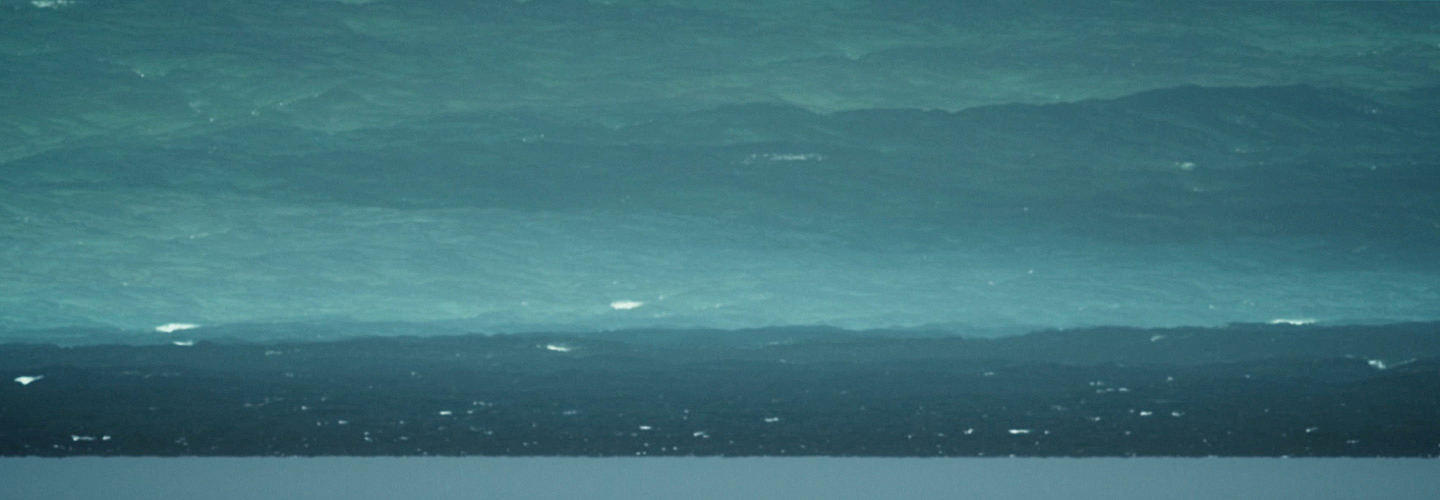Le jiu-jitsu brésilien, dont l’école principale est le Gracie Jiu-Jitsu, est un art martial spécialisé dans le combat au sol, dérivé de techniques de judo et de jiu-jitsu importées du Japon au Brésil par Mitsuyo Maéda vers 1920, et a ensuite été développé par la famille Gracie.
Lors du combat, il s’agit d’amener son adversaire au sol puis à prendre une position supérieure sur celui-ci afin de le pousser à l’abandon. Le jiu-jitsu Brésilien est une discipline qui privilégie la technique et le placement, par opposition à la force et au poids.
Né au Japon dans la deuxième moitié du 19e siècle, vainqueur de plus de 2000 combats professionnels dans sa carrière, Mitsuyo Maéda est considéré comme étant à l'origine du jiu-jitsu Brésilien. Il pratiqua d'abord le sumo, puis le judo et, après avoir présenté aux Etats-Unis cette discipline alors encore nouvelle, il part vers le Brésil. C’est là qu’il rencontre Gastão Gracie et enseigne l’art du combat au fils de celui-ci, qui lui-même transmettra et perpétuera cet enseignement.
Brazilian jiu-jitsu is a martial art that focuses on ground fighting. It is derived from the judo and jiu-jitsu techniques imported by Mitsuyo Maeda from Japan to Brazil around 1920, and thereafter developed by the Gracie family. The main academy teaching this martial art is Gracie Jiu-Jitsu.
Fighters should try and bring their opponent to the ground and gain a stronger position over them in order to force a tap out. Brazilian jiu-jitsu favours technical skills and position, as opposed to strength and weight.
Born in Japan in the second half of the 19th century, Mitsuyo Maeda won over 2000 professional fights in his career and is considered the man at the origin of Brazilian jiu-jitsu. He practised sumo first, then judo and, after some time spent in the United States, where he demonstrated this new discipline, he travelled to Brazil. There he met Gastão Gracie and taught the art of fighting to Gracie’s son who, in turn, continued teaching the practice.
主派はグレイシー柔術とも呼ばれるブラジリアン柔術は寝技を主体とした格闘技、武術の一つである。1920年頃ブラジルで前田光世が日本の柔道と柔術の技術を伝え、グレイシー一家が発展させた。
戦いの際、対戦者を床に倒してテイクダウンさせる為に寝技に持ち込む組み技が主体である。 ブラジル柔術は力と体重を必要とする格闘技とは対照的にテクニックとポジジョンを重視した競技である。
19世紀後半に日本で生まれ、武道家人生において2000ものプロ戦で勝利を得た前田光世はブラジリアン柔術の創設者として重んじられています。 まず相撲を実践し、次に柔道に打ち込こんだ彼はアメリカで柔道を紹介した後ブラジルに渡った。 そこでガスタオン・グレイシーと出会い、武術を彼の息子に教えることとなる。そしてその息子も前田の教えを伝え保存したのである。























